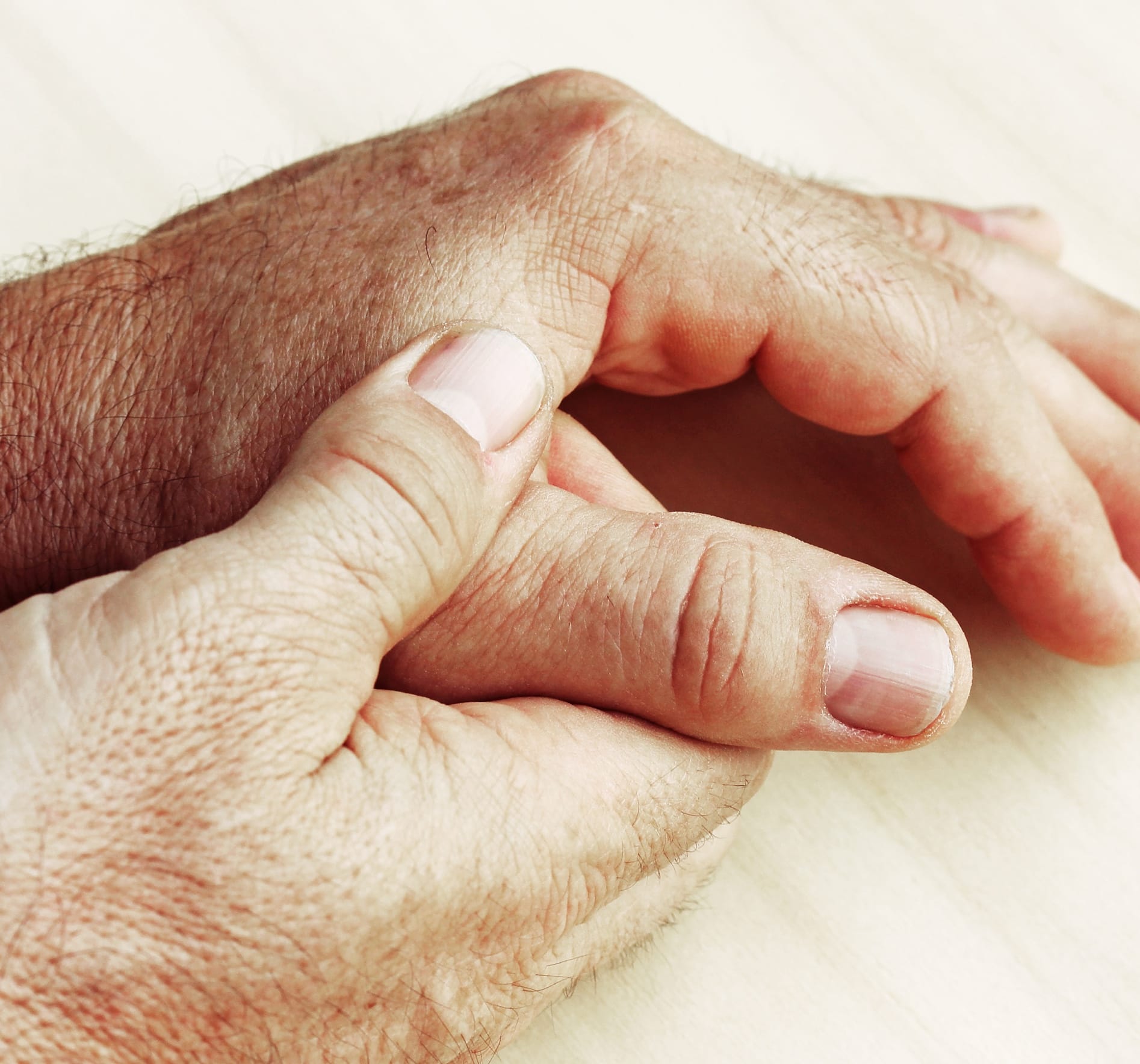How does rheumatoid arthritis occur?
Rheumatoid arthritis develops as the body’s ability to produce a substance called synovial fluid is inhibited. Synovial fluid is vital to keep joints lubricated so that the soft cartilage between the bones at the joints can stay healthy and bones can be protected. As the body produces less synovial fluid, the joints start to move less easily due to the lack of lubrication. This causes the joints to become sore and inflamed and causes stress and wear on the cartilage and eventually on the bones themselves. If rheumatoid arthritis is left untreated then the condition can become quite debilitating.
Who does rheumatoid arthritis affect?
Rheumatoid arthritis affects a wide range of people and age groups although it is far more likely to occur in women than in men and is far more prevalent in people who are at middle age or older. Currently it is estimated that around 1% of the global population suffers from rheumatoid arthritis. Another factor that puts people at risk of developing rheumatoid arthritis is whether or not they smoke. People who smoke are four times as likely to be affected by RA then people who do not smoke.

What are the symptoms associated with rheumatoid arthritis?
Symptoms associated with the onset of rheumatoid arthritis include:
- Fatigue due to inflammation
- Joint soreness or pain
- Stiffness of the joints
- Tenderness or swelling of the joints
- Redness in the areas of the affected joints
- Heat or warmth in the inflamed joints
Symptoms associated with advanced rheumatoid arthritis include:
- Loss of motion or restricted motion of certain joints
- Prolonged joint stiffness in the mornings
- Deformity of the affected joints
- Anemia caused by inflammation
- Fatigue
- Nodules under the skin around the joints
- Systemic inflammation, or inflammatory problems in other areas of the body
© Achieve Brain & Spine. All Rights Reserved. Website and Marketing: S3E, Digital Marketing Company Los Angeles

